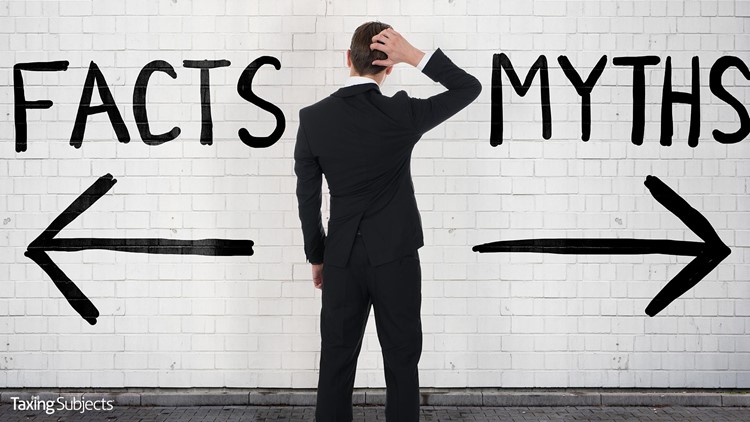Five Tax Refund Myths

Tax Day may have come and gone, but that doesn’t mean we stop talking about tax-related issues after April 15. Case in point, the Internal Revenue Service this week issued a press release highlighting five tax refund myths that taxpayers might be tempted to believe. And, as you might expect, most of the myths involve workarounds for a faster or larger refund check.
Understandably, taxpayers want to get their refund check quickly—and for most, the larger the amount, the better. So when they read a “secret tip” on Facebook promising more money from the Treasury, it makes sense that they want to believe it.
While these myths certainly didn’t start with social media, platforms like Facebook and Twitter make it much easier to quickly spread bad information. That’s why the IRS pointed out the following “common myths” about the refund process:
- “Getting a refund this year means there’s no need to adjust withholding for 2019”
- “Calling the IRS or a tax professional will provide a better refund date”
- “Ordering a tax transcript is a ‘secret way’ to get a refund date”
- “‘Where’s My Refund?’ must be wrong because there’s no deposit date yet”
- “‘Where’s My Refund?’ must be wrong because a refund amount is less than expected”
Taxpayers who got a refund this year might not consider how receiving a raise, working overtime, or other factors can affect their tax situation. Any number of events can necessitate what the IRS calls a “Paycheck Checkup,” which is why they recommend taxpayers use the IRS Withholding Calculator regularly.
As for knowing when a refund is going to finally arrive, the IRS says taxpayers should just check the “Where’s My Refund?” tool. Phoning the IRS isn’t going to get taxpayers their refunds faster, but the agency says those who don’t have Internet can call 800-829-1954 to hear the same information that would be displayed on “Where’s My Refund?”
In fact, “Where’s My Refund?” and the automated refund hotline are the only two sources the IRS recommends for taxpayers to track the status of a refund. Even those tools might not always provide straightforward information, since the deposit date might not always be listed. Unexpected factors like an outstanding fee or the IRS needing to double check information can lead to a delayed or smaller refund.
In cases where the refund amount changes from what was previously expected, the IRS says they “will mail the taxpayer a letter of explanation.” And if part of the refund was used to pay an outstanding debt, the affected taxpayer could “receive a letter from the Department of Treasury’s Bureau of the Fiscal Service.”
Source: Tax Tip 2019-45



